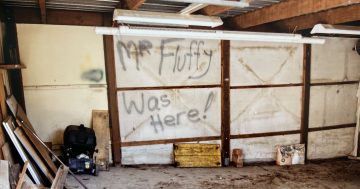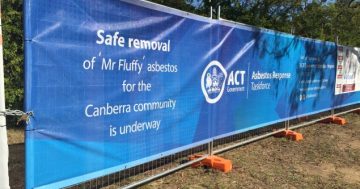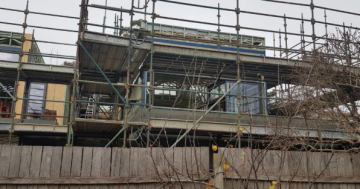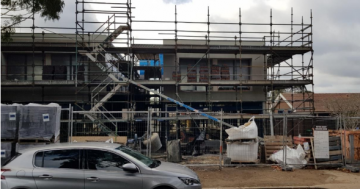
So Mr Fluffy houses have started to be demolished. Fences have gone up around several in my street, including one across the road from me. If a Mr Fluffy has been demolished next door to you or in your street, what is your opinion of the demolition process? Are you satisfied that every safety measure that is supposed to be taken, has been?




















